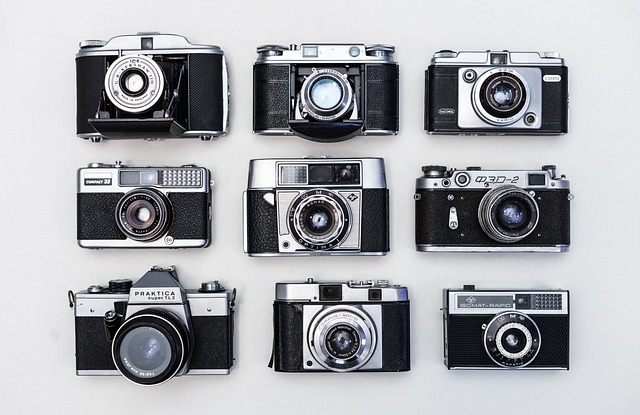The Resurgence of Analog Photography in the Digital Age
In an era dominated by smartphones and instant digital gratification, a surprising trend has emerged in the world of photography. The once-obsolete art of analog photography is experiencing a remarkable revival, captivating both seasoned professionals and a new generation of enthusiasts. This resurgence goes beyond mere nostalgia, representing a profound shift in artistic expression and a rediscovery of the tangible in our increasingly virtual world.

The Roots of Analog’s Revival
The resurgence of analog photography can be traced back to the early 2010s, coinciding with the rise of Instagram and the ubiquity of smartphone cameras. As digital images flooded social media feeds, a countermovement began to take shape. Photographers, both amateur and professional, started to yearn for a more authentic and hands-on creative process. The limitations of film – finite exposures, lack of instant feedback, and the need for careful consideration before each shot – became attractive qualities in an age of endless digital captures.
The Aesthetic Appeal of Film
One of the primary drivers behind analog’s comeback is its distinctive aesthetic. Film photographs possess a unique quality that digital images often struggle to replicate. The subtle grain, rich tones, and organic color rendition of film create a depth and character that many find lacking in the clinical precision of digital sensors. This aesthetic has become so desirable that numerous digital filters and presets attempt to mimic the film look, yet purists argue that nothing can truly replicate the genuine article.
A New Generation Discovers Analog
Interestingly, it’s not just nostalgic older photographers fueling this trend. A new generation, raised on digital technology, is discovering the joys of analog photography for the first time. For many young enthusiasts, shooting on film represents a form of rebellion against the instant gratification culture of the digital age. The process of loading film, manually adjusting settings, and waiting for results offers a refreshing change of pace and a deeper connection to the craft of photography.
The Technical Challenge and Reward
Embracing analog photography in the digital age comes with its share of challenges. Many film stocks have been discontinued, and processing labs have become scarce in some areas. However, this scarcity has led to a resurgence of DIY culture, with photographers learning to develop their own film and even experimenting with alternative processes like cyanotypes or wet plate collodion. The technical hurdles of analog photography have become part of its appeal, offering a sense of accomplishment and craftsmanship often missing from digital workflows.
Analog in the Professional Sphere
While the analog revival began as a niche movement, it has gained significant traction in professional circles. Fashion photographers, fine artists, and even some photojournalists are incorporating film into their work, valuing its unique qualities and the intentionality it demands. This shift has not gone unnoticed by the industry, with major camera manufacturers reintroducing film cameras and new companies emerging to meet the growing demand for analog equipment and supplies.
The Environmental Considerations
As the world becomes increasingly conscious of environmental issues, the sustainability of analog photography has come under scrutiny. While digital photography appears more eco-friendly at first glance, the constant upgrade cycle of digital equipment and the energy consumption of data centers storing billions of images present their own environmental challenges. Some argue that the longevity of film cameras and the physical nature of prints offer a more sustainable approach to preserving memories and creating art.
The Future of Analog in a Digital World
As we look to the future, it’s clear that analog photography is more than just a passing trend. Its resurgence represents a fundamental shift in how we approach image-making and visual storytelling. While digital technology will undoubtedly continue to dominate the mainstream, analog methods have carved out a significant niche that shows no signs of disappearing. The coexistence of these two approaches offers photographers an expanded palette of creative tools, enriching the art form as a whole.
Conclusion
The revival of analog photography in the digital age is a testament to the enduring power of tangible, hands-on creative processes. It challenges our assumptions about progress and reminds us that sometimes, looking back can be a way of moving forward. As photographers continue to explore the unique qualities of film, we can expect to see a rich interplay between analog and digital techniques, pushing the boundaries of the medium and inspiring new forms of visual expression. In a world increasingly defined by pixels and algorithms, the resurgence of analog photography offers a touching return to the physical roots of image-making, proving that sometimes, the old ways are worth preserving.





